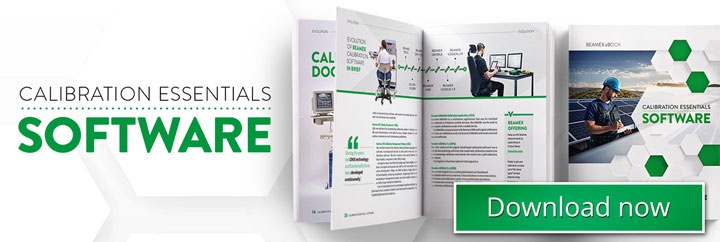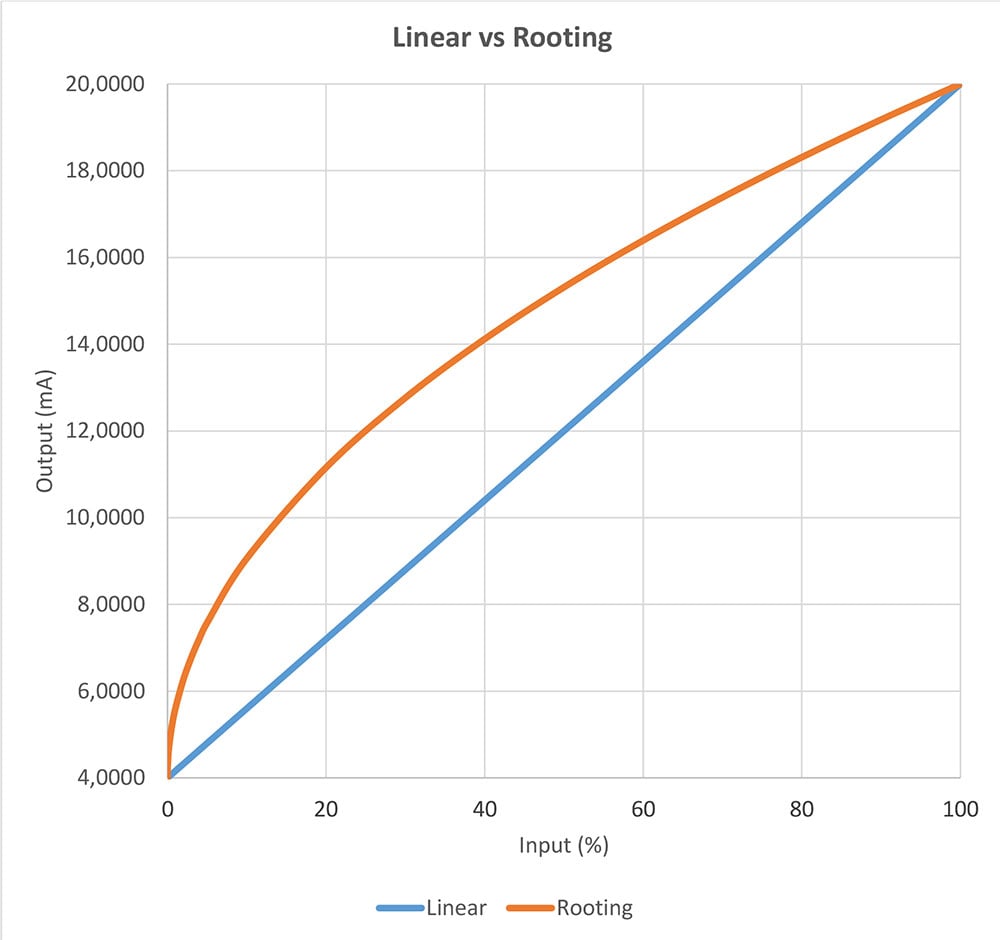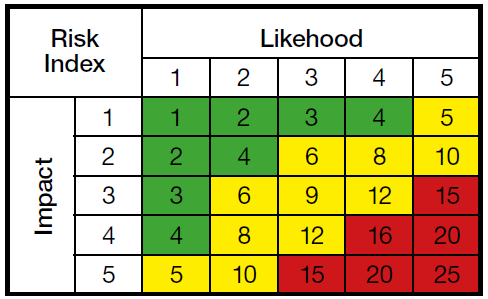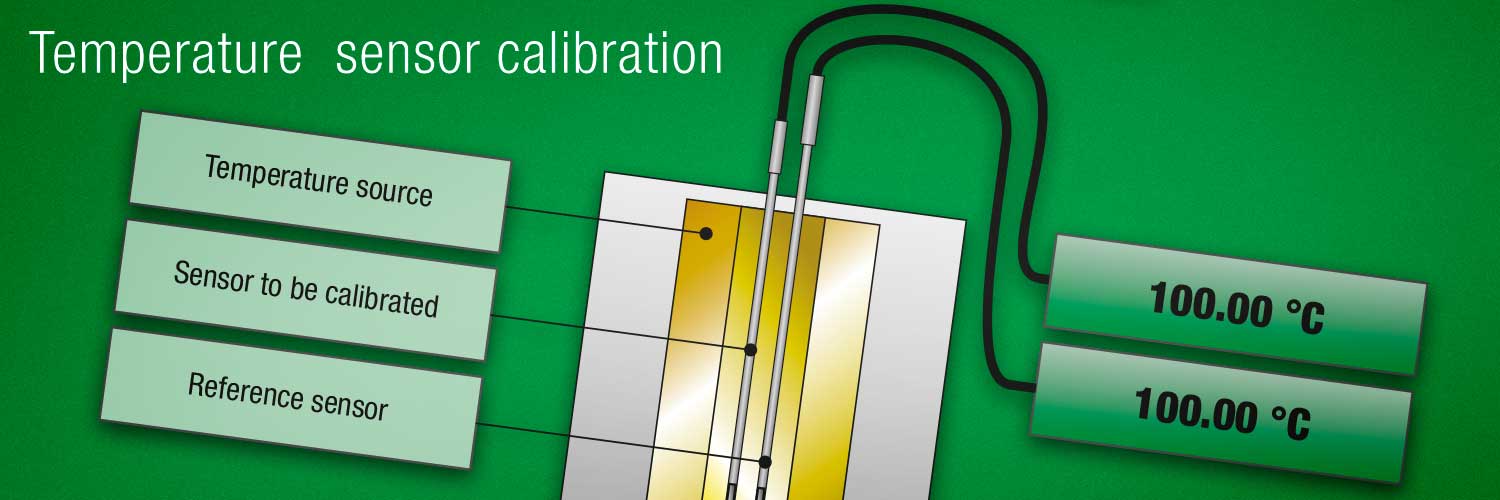
In this article, we’re going to take a closer look at a topic that’s talked about a lot but isn’t always that clear: operational excellence. We’ll briefly discuss the history of the concept, what it means in practice, and how it applies to process industries – including the many benefits it can unlock. We’ll also set out how calibration can play a role in enabling operational excellence in your process industry plants. Read on to find out more.
Table of contents
- What is operational excellence?
- A brief history of operational excellence
- Operational excellence principles
- Operational excellence methodologies
- The benefits of operational excellence
- Best practices and how to achieve operational excellence
- What operational excellence means for process industries
- How calibration can help enable operational excellence
- Conclusion
- Experience a better way for your business with Beamex
- Related blog posts
What is operational excellence?
As defined by the Institute for Operational Excellence, operational excellence is achieved when “each and every employee can see the flow of value to the customer and fix that flow before it breaks down.” What this means in practice is that a company with operational excellence at its core is able to provide the best possible value to their customers. To do this, the focus is on the quality of the product or service and the process for creating and delivering it to the customer.
Operational excellence applies to every level of an organization and empowers people at all levels to make changes to ensure the proper process flow is continuously improved and does not break down. This leads to better execution of a company’s strategy, unlocking the benefits of operational excellence – including improved quality, efficiency, and revenue.
A brief history of operational excellence
The model of operational excellence was created by Dr. Joseph M. Juran in the 1970s when teaching Japanese business leaders about how to improve quality. His methods were further expanded in the 1980s in the US in response to the “quality crisis” where US companies were losing market share to Japanese companies.
The concept has continued to develop and now operational excellence encompasses methodologies like lean manufacturing and Six Sigma to help bring about the desired state of value flow with a focus on quality.
Operational excellence principles
There are several approaches that can be used to achieve operational excellence. We will look at two of the main ones, the Juran model and the Shingo model, as they both offer useful insights. The Juran model (named after the creator of operational excellence) has five components that help build operational excellence in an organization. These are:
- Understanding the guiding principles that lay the foundation for excellence, which includes embracing quality
- Improving the customer experience
- Creating an infrastructure that engages employees to make improvements by using the right methods and tools
- Creating process improvement teams to drive process efficiency
- Ensuring leadership and workforce engagement
The Shingo model, created by Dr. Shigeo Shingo (a Japanese engineer who is considered one of the foremost experts on manufacturing practices), is based on ten core principles. These are:
- Principle #1: Respect every individual – employees at all level of an organization should feel empowered to make changes and improvements.
- Principle #2: Lead with humility – leaders should inspire employees to undertake and execute critical tasks.
- Principle #3: Seek perfection – even though it’s not possible to be perfect, the organization should always strive to improve in order to avoid complacency.
- Principle #4: Embrace scientific thinking – the scientific method should be used to examine and improve operational processes.
- Principle #5: Focus on process – process is the key to creating value flow from company to customer; by focusing on the process you can see if it is performing as it should be.
- Principle #6: Assure quality at the source – quality is the key focus, and should be an integral part of all activities.
- Principle #7: Improve flow and pull – companies can maximize the flow of value through efficient processes that minimize waste.
- Principle #8: Think systematically – the entire system should be seen as one flow where all departments are working together to create customer value.
- Principle #9: Create constancy of purpose though clear company goals and a vision with a clear target.
- Principle #10: Create value for the customer – this is the key takeaway. The business exists to bring value to the customer.
These ten principles underly the four key areas needed to enable operational excellence in an organization, including cultural enablers, continuous improvement, enterprise alignment, and results.
Operational excellence methodologies
The methodologies for achieving operational excellence include lean manufacturing, Six Sigma, and kaizen.
The core idea behind lean manufacturing is cutting waste, resulting in more efficient processes. Doing so requires the following steps to be taken:
- Specifying the value wanted by the customer
- Identifying the value stream for each product and finding wasted steps
- Creating continuous flow for the product along all steps
- Introducing pull between all the steps to enable flow
- Striving for perfection to reduce the number of steps needed and how long each step takes
Lean thinking, Womack and Jones, 2003
Six Sigma, which was first introduced at Motorola, aims to improve quality by identifying areas where defects may occur in a process and removing them. This is done through systematic quality management. Lean manufacturing and Six Sigma have also been combined to create Lean Six Sigma, which combines focuses on process, flow, and waste into one system.
Kaizen, often translated as “continuous improvement”, is a Japanese methodology focused on making continual incremental changes with the goal of improving processes. Improvements can be suggested and implemented by any employee across the organization. The basic idea is that no process is ever perfect and thus can always be improved by making gradual changes.
All of these methodologies have a focus on quality and process while eliminating waste, helping to create operational excellence in an organization.
The benefits of operational excellence
The benefits of achieving operational excellence are many. The number one benefit is that it enables an organization to achieve concrete business results more quickly. This is because employees at all levels of an organization are able to make decisions and execute changes that result in better value flow to the customer – speeding up improvements and ensuring constant creation of value. An operational excellence mindset, with its focus on flow and value, can also lead to better quality, efficiency, on-time delivery, and overall profitability.
Best practices and how to achieve operational excellence
Achieving operational excellence is a multistep process that requires effort from all levels of an organization.
- Having and communicating a clear strategy that is based on goals and key performance indicators is critical.
- Choosing and implementing the right methodology for your goals – such as lean manufacturing, Six Sigma, or Lean Six Sigma – helps to ensure your focus is on quality and reducing waste.
- Training and education is needed to help employees understand their role in achieving operational excellence.
Working with an expert who understands operational excellence and how to roll it out can also be helpful, as is looking at successful industry case studies. Some major companies using operational excellence are:
- Toyota (https://www.ineak.com/the-toyota-way-using-operational-excellence-as-a-strategic-weapon/)
- Chevron (https://www.chevron.com/about/operational-excellence)
- GE (https://www.ge.com/digital/sites/default/files/download_assets/Staying-on-course-along-the-Operational-Excellence-Journey-GE-Digital.pdf)
What does operational excellence mean for process industries?
The focus on quality and flow that operational excellence unlocks is absolutely critical for process industries. After all, process industries have to manufacture products for customers to exacting quality standards. Efficiency of operations, along with safety, is also key. By helping to ensure quality and efficiency with a smooth flow of value across all processes, operational excellence helps production plants to be more profitable and resilient.
The benefits of operational excellence for process industries include:
- Better process efficiency from fewer steps and less waste
- Better profitability through lower expenses
- More consistent production through a focus on quality
- More resilient plants from optimized processes
- A decreased risk of shutdown from optimized processes
How calibration can help enable operational excellence
In process industries, calibration plays an important role in operational excellence. A good calibration process ensures processes work as designed and plays an important role in ensuring the quality of the end product. The efficiency of the calibration process is an important element of overall operational efficiency and greatly depends on the type of calibration process.
What is calibration?
Before discussing how calibration can contribute to improved operational excellence, let’s very briefly summarize what calibration is. Calibration is a documented comparison of the device to be calibrated against an accurate traceable reference device (often referred to as a calibrator). The documentation is commonly in the form of a calibration certificate.
Unbroken and valid traceability to the appropriate national standards is important to ensure that the calibration is valid. As each calibration is only valid for a limited period, regular recalibration of all the standards in the traceability chain is required.
It is vital to know the uncertainty in the calibration process in order to be able to judge if the calibration result was within set tolerance limits and if it was a pass or fail. Learn more about what is calibration.
Reasons for calibrating
Aside from enabling operational excellence, there are various reasons to perform calibration. All measurement instruments drift over time, meaning their accuracy deteriorates and regular calibrations are required. In the process industry, this fact is directly linked to the quality of the end product. In many industries, such as the pharmaceutical industry, regulatory requirements set tight rules for the calibration of critical process instruments. Likewise, quality systems set requirements for calibration.
As with many other things, money is also an important reason. In many cases money transfer depends on measurements, so the accuracy of the measurements directly effects how much money is transferred. In some processes, the safety of both the factory and its employees, as well as that of customers or patients who use the end product, can be the main driver for calibration.
Calibration interval
To maintain the traceability of all your process measurements, a valid unbroken traceability chain needs to be maintained. This means regular recalibrations at all levels of the traceability chain – not only all the process measurement instruments, but also the working standards and reference standards (or calibrators).
Finding the proper calibration interval is important. If you calibrate too often, you end up wasting resources. But if you calibrate too infrequently, you face the risk that instruments will drift outside of set tolerances – and in many cases that can have serious consequences.
This means companies are constantly balancing risk against wasted resources. A proper analysis of calibration history and calibration interval is key, and finding the right sweet spot helps to contribute to operational efficiency.
Digitalizing, streamlining and automating the calibration process – finding a better way
When we realize calibration’s role in operational excellence, we understand the importance of making calibration processes more efficient – how can we produce less waste and do more with less?
At many industry sites, there are thousands and thousands of calibrations carried out annually. To streamline those processes and save time with every calibration can save a huge amount of money and have a big impact on the bottom line.
One of the main opportunities for time saving is to ditch manual calibration processes – typing or using pen and paper to document things – and instead move to a modern digitalized world where the calibrator automatically stores the calibration results in its memory, from where they can be digitally uploaded to calibration management software. Not only does this digitalized and paperless calibration process save a lot of time, it also eliminates all the errors related to manual data entry. Digitalization also dramatically improves the quality of calibration data. And given that analysis and decisions are based on data, it’s clear that data should be of high quality.
The streamlining of calibration processes with the help of digitalization is one major contributor to their operational excellence. As with any processes, when working to improve operational excellence there is a constant quest to find better ways of doing things. If the calibration processes are very outdated, relying on manual documentation and lacking automation, then it’s possible to make a major leap in excellence by moving to digitalized and automated processes. After that is done, the next step is to constantly find small improvements.
Finding the best practices and consistence in calibration processes and methods is important. You should constantly work to evolve and improve these methods over time. This is even more important and have bigger impact in big multi-plant organizations keeping processes uniform.
Make sure you leverage automation in calibration whenever possible, that is a great way to improve efficiency. Consistent automated processes will also improve the quality of data by eliminating the risks for human errors. It will also make it quicker and easier for new employees to get up to speed with higher quality of work.
Conclusion
In summary, operational excellence is an organizational mindset based on set principles and methodologies that aims to improve the flow of value to a customer. A focus on quality and eliminating waste results in greater efficiency and profitability in process industries. Calibration can help unlock operational excellence by moving to a modern digitalized process that reduces the time needed for calibrations and improves data quality. Better data can be analyzed to find further efficiency improvements, not just for the calibration process but also for production plant processes. The end result is improved operational excellence for process industries.
Experience a better way for your busienss with Beamex
Beamex offers a calibration ecosystem that is a unique combination of calibration technology and expertise to help improving efficiency, ensuring compliance, increasing safety in operations and improving the operation excellence.
Please contact us and let our expert help you to find you a calibration system that helps to improve your operation excellence:
You might also like
- Calibration in Times of Digitalization - a new era of production
- Sustainability in Energy from Waste
- The Evolution of Calibration Documentation
- Automating the calibration management ecosystem
Download your copy of the Calibration Essentials Software eBook to learn more about calibration management and software.























.jpg)




.png)
.png)
Discussion